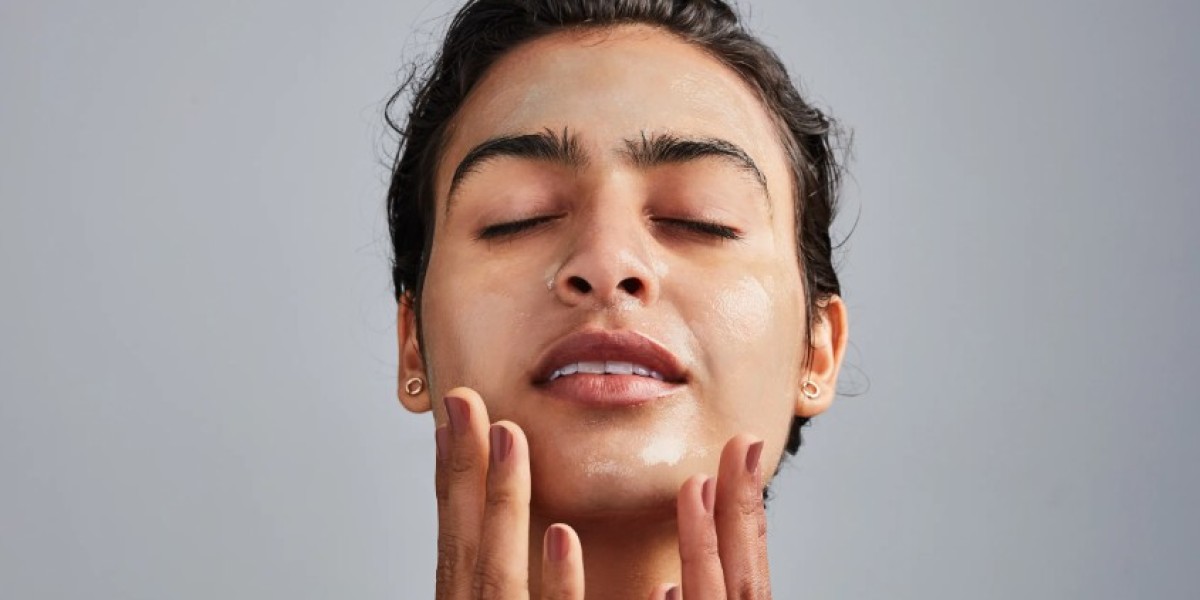If your skin is reacting to a new product, it’s essential to address it quickly and carefully. Reactions can manifest as redness, itching, breakouts, or dryness, and they can range from mild irritation to severe allergic reactions. Here’s a guide on what to do if your skin is reacting to new products:
1. Stop Using the Product Immediately
- Why: Discontinuing the product helps you determine if it’s the cause of the reaction.
- What to Do: Set the product aside for now, and avoid using anything else new until the reaction resolves.
2. Rinse Your Skin with Cool Water
- Why: Cool water can help soothe irritated skin and remove any residue left by the product.
- How: Gently splash cool water on your face and pat dry with a soft towel. Avoid using hot water or scrubbing, as this may aggravate the irritation.
3. Use a Gentle, Fragrance-Free Cleanser
- Why: A gentle, fragrance-free cleanser will help keep your skin clean without further irritation.
- What to Use: Look for a mild cleanser like Cetaphil Gentle Skin Cleanser or CeraVe Hydrating Cleanser.
4. Apply a Soothing Moisturizer
- Why: Moisturizing helps repair the skin barrier and can reduce dryness or tightness caused by irritation.
- What to Use: Choose a simple, fragrance-free moisturizer with soothing ingredients like ceramides, glycerin, or hyaluronic acid. CeraVe Moisturizing Cream and Vanicream Moisturizing Cream are good options.
5. Use a Cold Compress
- Why: Cold compresses can reduce inflammation, redness, and itching.
- How: Wrap a clean cloth or soft towel around an ice pack or use a chilled cloth. Apply it gently to the affected areas for a few minutes.
6. Avoid Active Ingredients Until Your Skin Recovers
- Why: Ingredients like retinoids, exfoliating acids (salicylic acid, glycolic acid), or vitamin C can exacerbate irritation.
- What to Do: Hold off on using these products for at least a week or until your skin is back to normal.
7. Take an Over-the-Counter Antihistamine (If Necessary)
- Why: An antihistamine, like diphenhydramine (Benadryl), may help if the reaction involves itching or swelling.
- Note: Always check with a parent or doctor before taking medication, and follow the recommended dosage on the label.
8. Perform a Patch Test Before Reintroducing Any Products
Once your skin has calmed down, you can try a patch test on any product that may have caused the reaction:
- How: Apply a small amount of the product behind your ear or on your inner forearm and wait 24-48 hours to see if there’s a reaction.
- What to Watch For: Redness, itching, or any irritation at the test site indicates a sensitivity to the product.
9. Check the Ingredients List
If you suspect a particular ingredient is causing the reaction, compare the ingredients list with other products you’ve reacted to in the past to identify any patterns. Common irritants include:
- Fragrance
- Alcohol
- Preservatives (e.g., parabens, formaldehyde releasers)
- Essential Oils (e.g., lavender, peppermint)
- Actives (like salicylic acid, retinoids, or alpha hydroxy acids)
10. Seek Professional Help if the Reaction Persists
If you’re experiencing severe symptoms—such as swelling, extreme redness, blistering, or if the reaction doesn’t improve after a few days—see a dermatologist. They can provide a professional diagnosis and may recommend treatment options like prescription creams or medication.
Preventing Future Reactions
To minimize the risk of future reactions:
- Introduce One New Product at a Time: This makes it easier to identify any culprits if a reaction occurs.
- Patch Test: Always patch-test new products, especially if you have sensitive skin.
- Choose Fragrance-Free and Hypoallergenic Products: These are less likely to cause irritation or allergic reactions.
Final Thoughts
Skin reactions can be uncomfortable, but taking these steps can help you soothe your skin and prevent further irritation. If you’re ever in doubt, don’t hesitate to consult a dermatologist for personalized advice.


